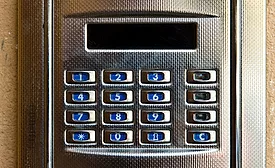Access Management
Safety Also Questioned
Bioterror Security Lapses at CDC Lab, Doors Left Unlocked
Emails Indicate Ongoing Problems
June 29, 2012
Security News -- Physical Security
Security Lapses Discovered at CDC Bioterror Lab
June 27, 2012
Sign-up to receive top management & result-driven techniques in the industry.
Join over 20,000+ industry leaders who receive our premium content.
SIGN UP TODAY!Copyright ©2025. All Rights Reserved BNP Media.
Design, CMS, Hosting & Web Development :: ePublishing

